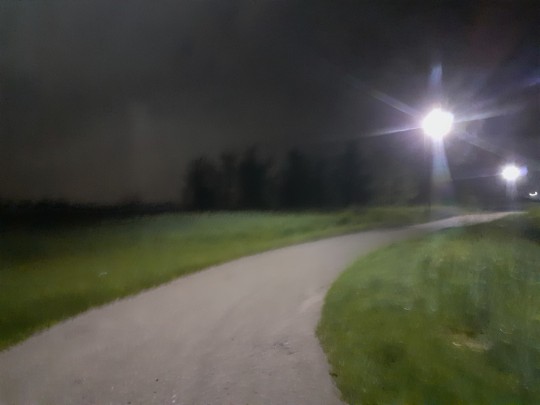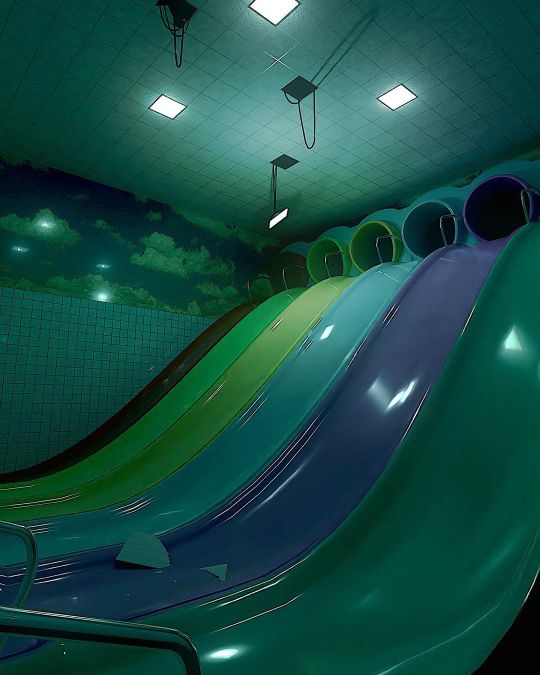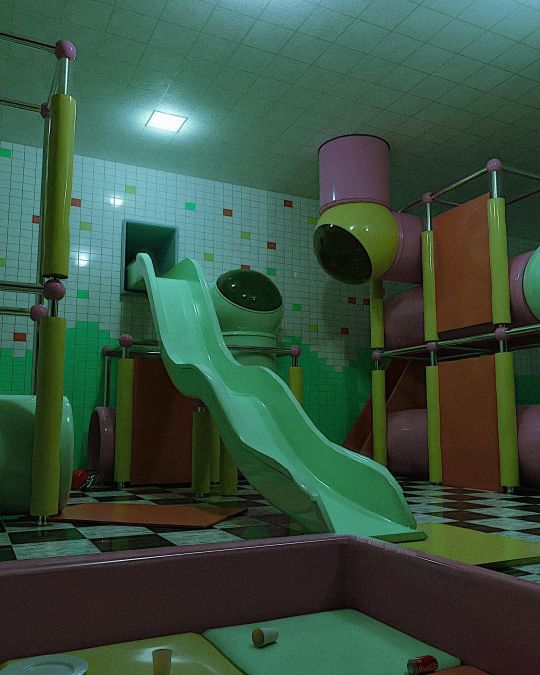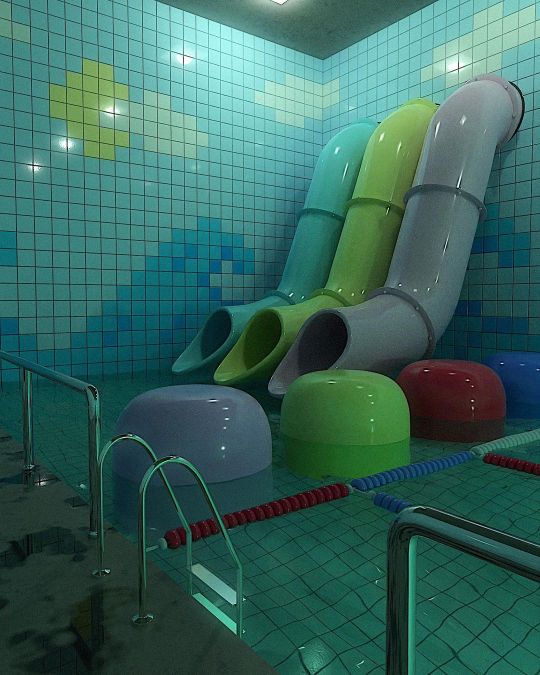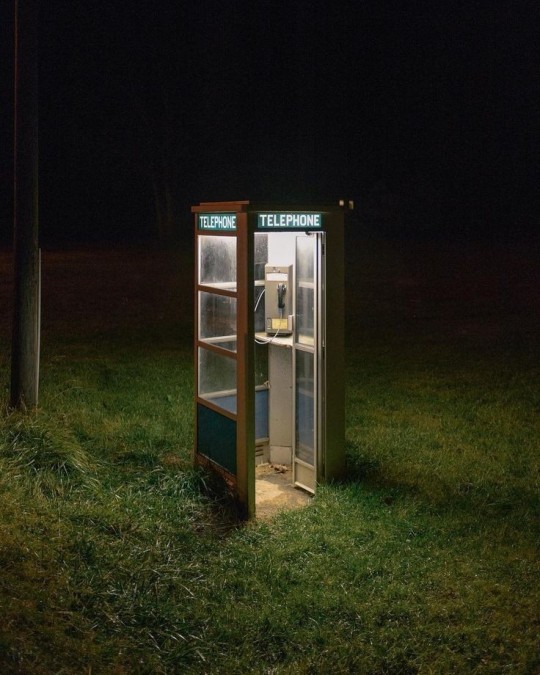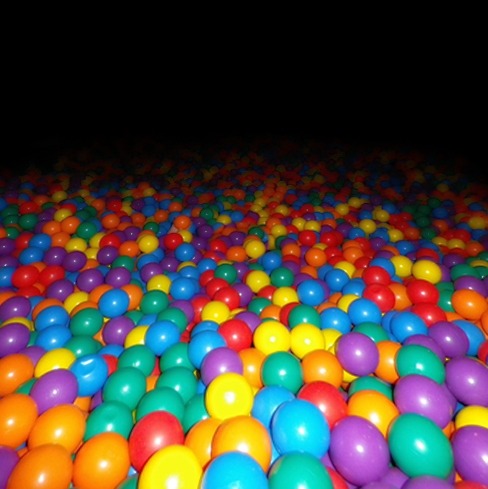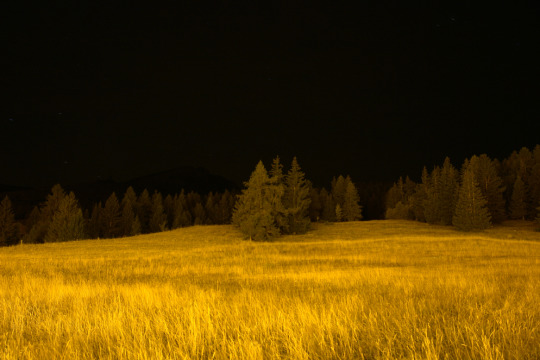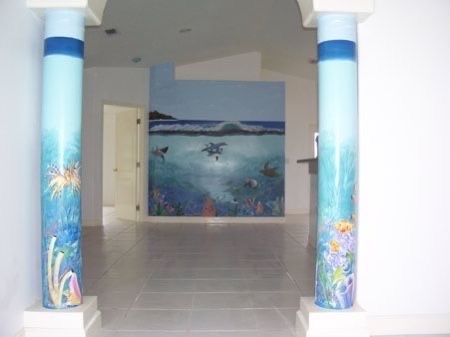Text
PHOTOGRAPHY GUEST LECTURE PROGRAM: LEYLA STEVENS
Leyla Stevens work has a clear foundation of extensive research in all of her projects and processes. She explores memory, her Balinese culture and history/family history and moving and still images in relation to photography.
Stevens work delves deeply into her Balinese culture and Balinese history, documenting her fathers village then became interested in sites that had once been sites of disaster/tragedy. Her journey of research into the history and stories of these sites is extensive. Exploring the mass killings/mass grave at the site of one of her photographs brings to light taboo and stigma in Indonesia and bringing to light an event that is barely recognised and spoken about. The project addressed the tracings go those killings and how they register in the landscape, thinking about present absences in the land.
Stevens explores her Balinese culture and history again when looking at the Kuta beach coastline and tourism. She explores how these small, poor fishing villages with pristine beaches and excellent surf became touristed and the colonial legacy throughout history. Looking through the lens of seeing Bali as a surfing paradise through early photographs of peaceful beautiful Bali while there was also extensive violence happening in the same country not far away or long ago.
Stevens shifts to multimedia and film and explores all of those themes and topics and projects through film. Her films include dialogue to track contesting moments around reconciling Balinese and Indonesian history. Rather than having one stagnant mode of story telling and exploration she encapsulates it all within her short films.
0 notes
Text
PHOTOGRAPHY GUEST LECTURE PROGRAM: KAI WASIKOWSKI
Kai Wasikowski’s influences stemming from his parents relationship with photography and the environment are clear when observing his work. His fathers work is particularly interesting and the ways his father explored his own relationship with photography and performance would’ve been an incredible artistic influence.
Wasikowski’s own work while has some influences from his upbringing and artistic parents he reframes these influences to a more specific exploration with his own relationship with photography, the environment, the internet and particular aesthetic. His work Handscapes (2014-2015) envelops a lot of those themes into one whether he noticed it outright or not. There is an exploration of landscape, nature, colour and typography/aesthetic.
Foliage (2015-2016) which is a lenticular series of photographs of foliage from around Canberra again explores nature and the environment but also on another level it explores the medium of photography. These lenticular images brought all the meaning of what are in the photographs to the surface, Wasikowski describes it as having an “undulating depth like a topographical map.” Having to download old and outdated software to create these lenticular photographs is in itself an exploration of technology and photography and what photography is and how to create new ways of creating and exhibiting it.
Wasikowski’s work is an accumulation of the environment, technology, simulation and exploring those through photography.
0 notes
Text
Photography Guest Lecture Program: Katrina Sluis
Katrina Sluis’ work for me screams post photographic, she discusses ubiquity, the rise of digital photography, digital culture and photography and the real at length and in detail. Her perspective on photography becoming digital and contemporary art photography is refreshing and its also clear how her work, and the work she has curated, has adapted and explored all of those themes.
Sluis’ exploration of what post photography is and what it means not only to her but to society over time is seen in almost all her works and the work she has helped curate. The actual physical installation of the works is also quite post photographic in itself. The media wall programme Sluis worked on in a cafe who wanted a video wall in their cafe to exhibit high quality photographic works while in theory seemed like a brilliant idea Sluis exposed how problematic the process can be and also ending up with a final product that does not meet the criteria of what people originally dreamed up. Sluis exposes how the world of video art and the public screen is multilayered and complex.
Sluis is determined on exploring how to understand photography in a different way and Born in 1987: The Animated GIF (2012) is a direct response to that. It completely destabilises those stereotypical ideas of not having video art in a photographic exhibition. It invites the audience to participate and explores photography and its relationship to the internet. It touches on the themes of ubiquity, excess, non human photography and for me is a perfect example of what post photography is.
Sluis continues to break barriers when exploring the meaning of photography and what that looks like in relation to the internet, technologies advancements and the 21st century.
0 notes
Text
Photography Guest Lecture Program: Emma Phillips
I found Emma Phillips really engaging and for me personally the most relatable. Her exploration of her own relationship with photography and the journey she has taken so far to find a clearer understanding of why she does it and what she likes and dislikes was very inspiring to me. Her love of using film as a main medium of photography I also found very engaging.
Phillips exploration with becoming closer to her subjects to get to know them better and more intimately through photographing them in more personal environments comes through in her work exhibited in her gallery in Melbourne. In comparison to her work she photographed for her final grad school work the subjects she’s photographed have clear influences from the research she had done on William Eggleston and Dorothea Lange.
I found her process of creating work very interesting, taking film photographs then developing them later, then sitting on them for around 6 months to be able to have a clear head and idea of how she would want to use the images. That time between physically taking the photos then later looking at them and deciding the context and meaning in how they will be presented and exhibited seems like a very successful way of editing.
Phillips relationship with text and her photography work and how she would incorporate it into her exhibited work reminds me of Cherine Fahds work “Apókryphos” and Dorothea Langes work. Her documentation of writing pulled from her own diaries and journals from her time in grad school. Bringing these conversations about her work with her teachers from the past back into her current work and incorporating and relating it to what she makes now is another interesting aspect of her creating and editing process.
0 notes
